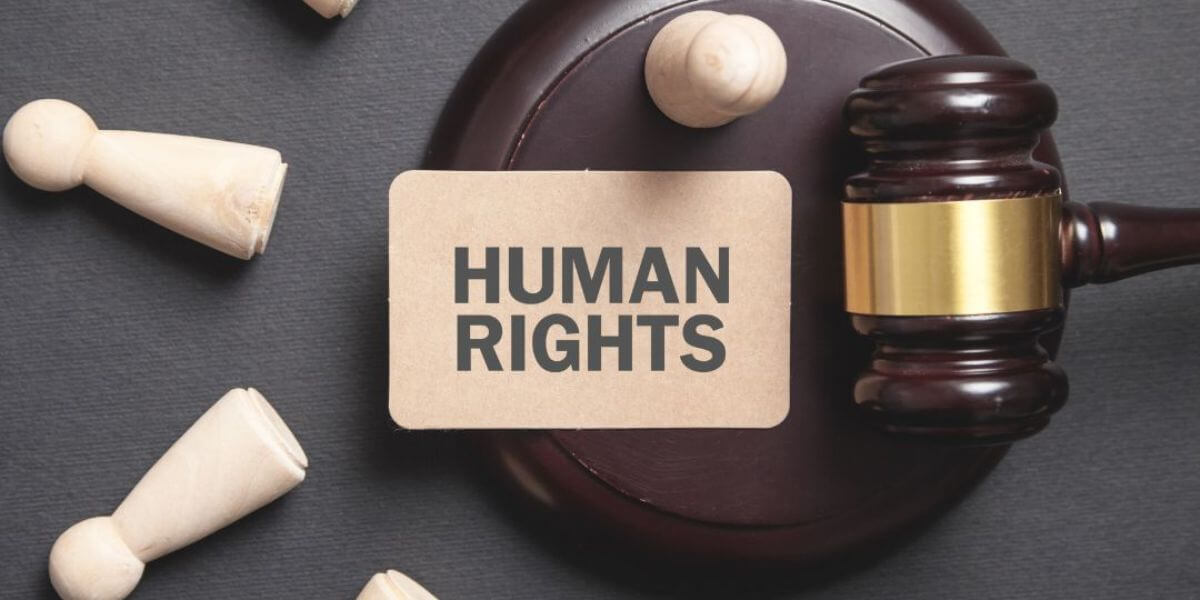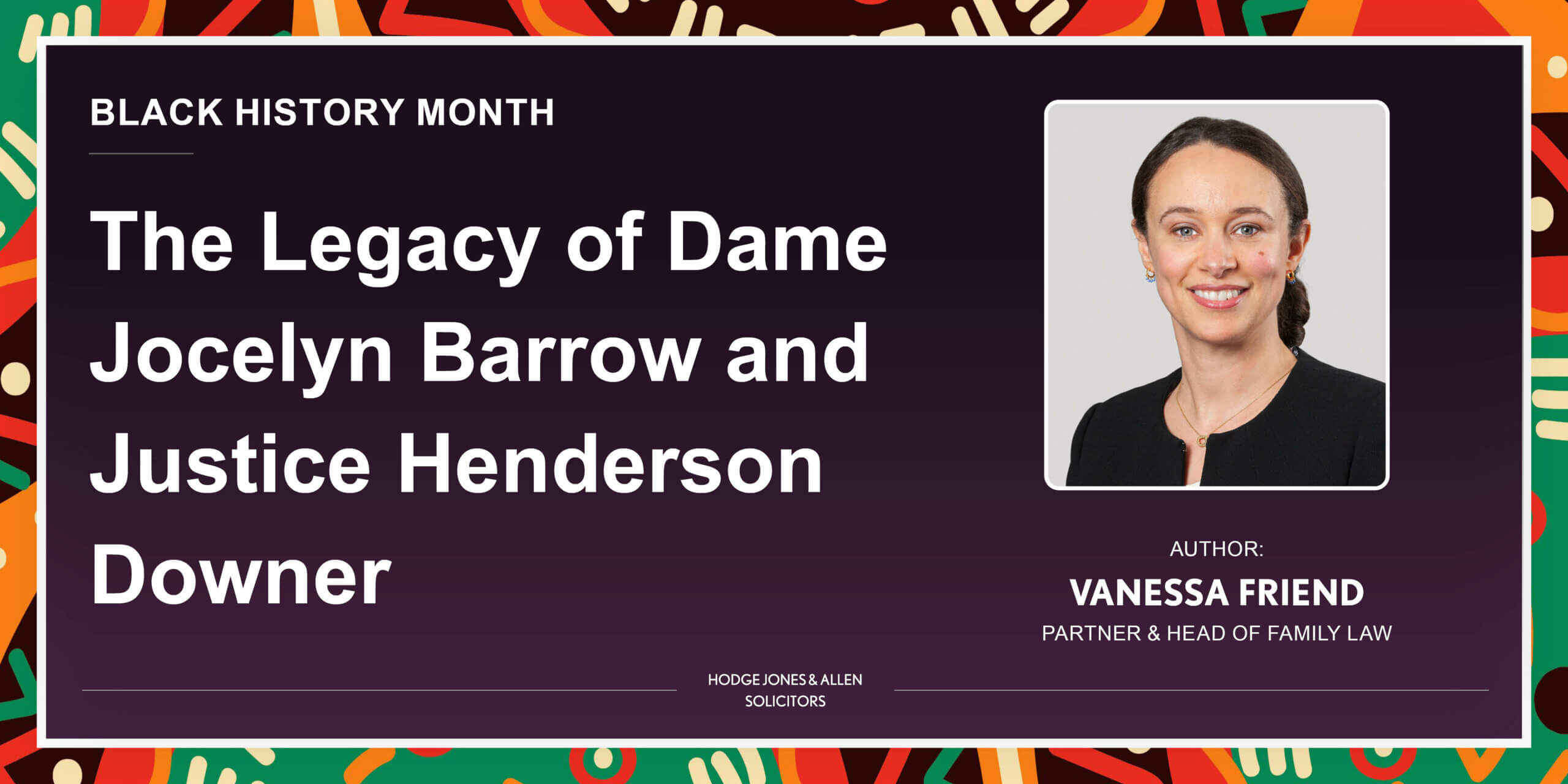Expert Comments

The 10-Year Period Of Reasonable Belief For Adverse Possession Re-examined In Brown v Ridley (2025)
We previously looked at the first instance decision made in Upper Tribunal (Lands Chamber) decision in 2024. This case was then leap-frogged to the Supreme Court who heard the case…

Christmas And New Year Sales Accidents: What To Do If You’re Injured During The Festive Shopping Rush
Every year, the Christmas and New Year sales draw thousands of shoppers to busy high streets, shopping centres and online stores, all hoping to grab a bargain during the festive…

Can I Make A Personal Injury Claim If I Am Injured At The Christmas Party In The UK?
The annual Christmas party is usually a time to unwind, celebrate the year’s achievements, and enjoy time with colleagues. But when festivities take an unexpected turn and someone is injured,…

Changes under the Non-Contentious Probate (Amendment) Rules 2025
The Non-Contentious Probate (Amendment) Rules 2025 introduce important updates for both non-contentious and contentious probate practitioners. Coming into force on 3 November 2025, the amendments impact the process for entering...

The Civil Ramifications of Drink Driving – Even Without a Criminal Conviction
Most people associate drink driving with criminal penalties, but even if a prosecution fails or charges are dropped, drivers can still face significant civil consequences. From insurers refusing payouts to...

Navigating Awaab’s Law: What Private Landlords Need to Know and Do
Awaab’s Law introduces strict timeframes for addressing damp and mould in social housing. Private landlords should act now to review processes, inspections, and tenant communications to prepare for similar future...
















